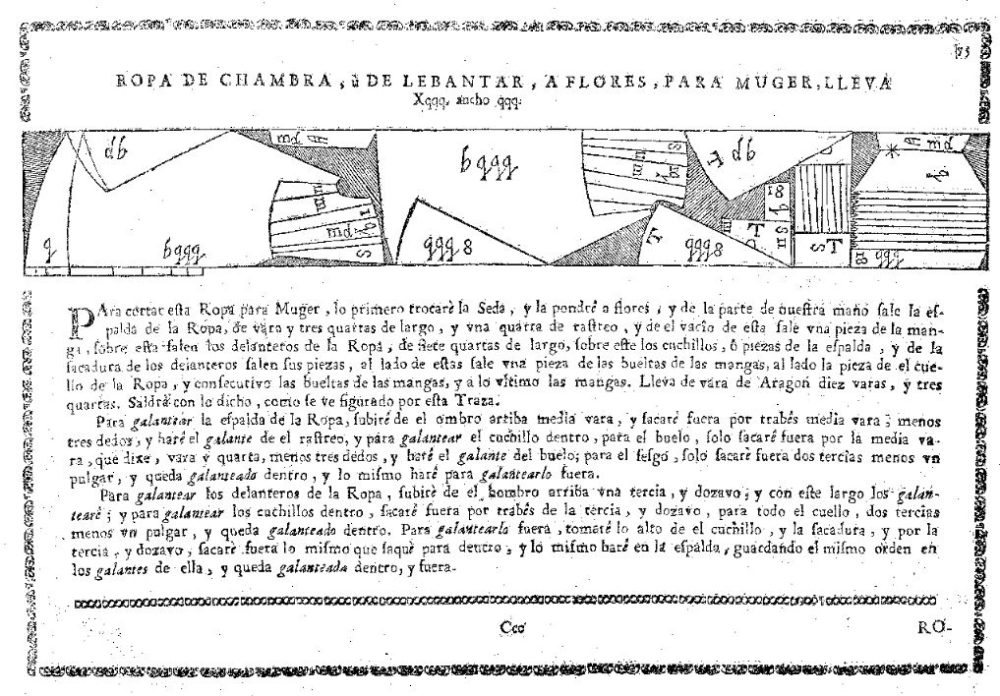Of course my “simple” mantua project would turn into something bigger. My focus ever since I fell in love with costume has been on pattern. How simple changes in seams produce extremely different styles.
So when I find garments called “mantua” that look like they are straight from a couple of tailor’s manuals? I get a bit suspicious that maybe the term is being over used.
“Ropa de chambra” have the stitched down pleats, the firmly pleated sleeves, and fairly equal distribution of fabric from front to back. This fits in really neatly with the timeline of manuals I’ve shared:
https://www.thefrockchick.com/category/patterns/tailors-dressmakers/

So I’m tracking down any and every example of the unequal wedge shape extension to only the front panels. There are a number of them. And to help with this I’m also looking at later mantua where the train is even more deviated from traditional tailoring before and after. I still very much need to fill in a few gaps when it comes to legal matters about the production of garments.
While doing this, I’m also looking for stays that will do what I need. My “lovely long lungs” (my radiologist’s words) come with a lovely long ribcage that will distort all stays into the same hourglass shape no matter what. I cannot get my ribs to taper. I learned how to breathe for classical singing and never stopped. It’s how I breathe at all times. Think about how you are supposed to stand with your knees slightly bent so you don’t hyper extend them.
Anyway. The stays I need have some panels that have boning on a diagonal, and there is always a little wedge or curve through the waistline in side-side back panels. And that has given me a bit of confidence in what I have made so far. Those little gaps allow the fabric to ease a little.
My Effigy stays work so well with the boning in parallel with the grain. I’m much more nervous about panels that have bones that end at the waist. Again, with an hourglass shaped torso this means those bones will dig in. But the diagonal lines complicate that a bit more. Potentially with very narrow boning I can use neighbouring channels to prevent that.
So now I’m sorting all my late 17th-1800s extant garments and manuals to look for when the shift from vertical to diagonal channels really got underway. It was fairly early. But I also got distracted by the 1660s shape and how the curved seams were used to help bend the body. It’s very cool, but I need to use some firm cardboard to illustrate it.
So we go from vertical channels in simple panels, to vertical channels but using curved seams to bend the body, to diagonal panels of boning to push the body forward. And I need to find more examples between the latter two.
